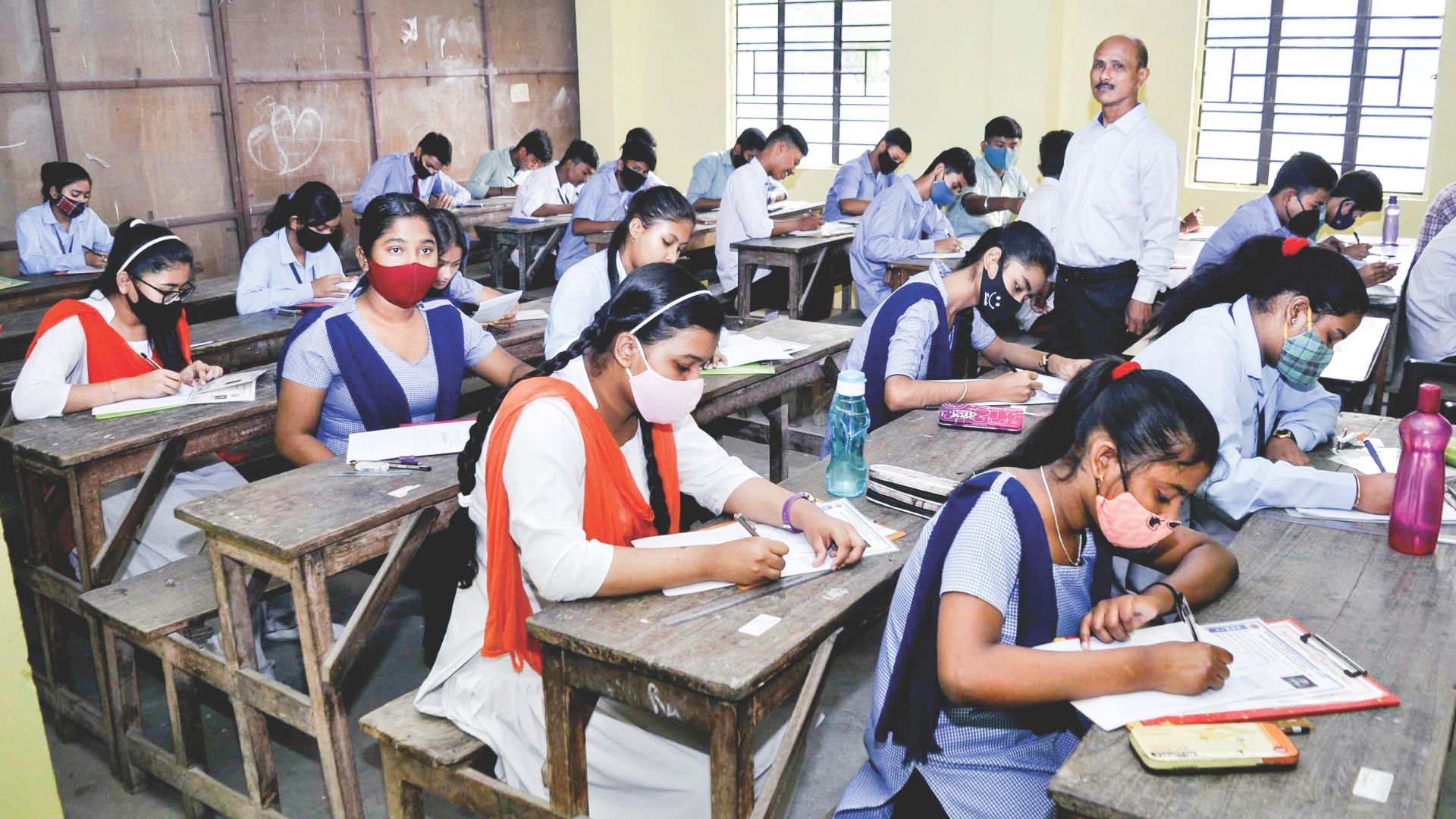
Unhealthy eating is the number one cause of deaths globally. This clubbed with lack of physical activity and tobacco consumption is leading to rise in obesity, hypertension, diabetes, heart diseases and also cancer among young adults. Factors like accessibility, availability, affordability, social pressure, tradition practices can pose as obstacle and hinder healthy eating efforts. Further, a lack of knowledge or information, as well as a general lack of enthusiasm to make dietary changes, can also stop people from adopting healthy behaviours.
Recent research reveals that gaining knowledge about food choices and preparation are the most important changes in one’s eating habits. Teaching today’s youth about nutritious eating is essential for their long-term health and well-being.
Here are numerous strategies to effectively educate them about healthy eating:
In schools and colleges
- Encourage hands-on learning through cooking classes or workshops. Teaching students, ways to prepare simple, nutritious meals can impart practical skills and also imbibe a sense of appreciation for fresh and local produce.
- Nutrition education can be included in the educational system. Nutrition education can be provided in the classroom, either as a separate health education lesson or in along with other disciplines. Use interactive and age-appropriate nutrition lessons through games, quizzes, and group discussions to make learning fun and engaging.
- Create kitchen gardens where students can participate in planting, growing, and harvesting fresh fruits and vegetables. This provides a direct connection between food and its source.
- Field trips to local farms, vegetable markets, or food processing units can increase awareness of ways of farming, soil and other resources required to grow food and different processing techniques.
- Experts like nutritionists, chefs and local farmers should be invited to talk about food production, importance of healthy eating, relationship between food and diseases.
- Students can also become peer educators by sharing their knowledge on nutrition with their classmates and create a supportive environment for healthy eating.
- Students can be given a project on researching and writing on topics of foods and nutrition, traditional cooking methods, modern processing techniques etc to provide a comprehensive learning experience.
- Cafeterias at schools and colleges can offer healthier menu options, educate students about their choices, and create a visually appealing eating environment.
Media literacy
- Public places like railway stations, parks, market places, malls and workplaces can display posters, infographics, and charts to illustrate the importance of balanced diets, portion control, and the benefits of various food groups.
- Use of social media like Instagram and Facebook and traditional media like magazines and newspapers should be done to disseminate critical and accurate information on healthy eating and not mislead the audience with marketing and advertising hacks.
- Learning can be made more engaging and interactive with technology like educational apps, websites and videos.
Family and community involvement
- An informed healthy family can support healthy eating habits at home. Parents themselves should model healthy eating behaviours for their children to copy and emulate eating habits in their lives.
- Nutrition focused events, workshops and awareness campaigns can be organized in a community by collaborating with local health organizations.
- Highlight athletes, celebrities, and community leaders who advocate for healthy eating as role models for the youth. Their influence can inspire positive dietary choices.
- Remember that effective nutrition education should not focus solely on restricting certain foods but should also emphasize the positive aspects of nourishing the body and mind through a balanced and varied diet. It’s essential to make learning about nutritious eating enjoyable and relatable to young people’s lives.
The author is a Nutrition Consultant, MyThali Program, ArogyaWorld
















